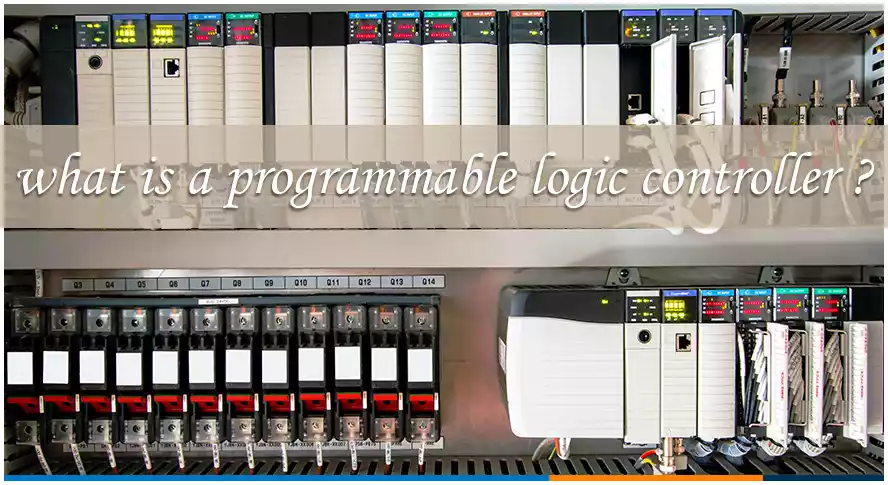What Is A Programmable Logic Controller
What Is A Programmable Logic Controller?
This article will tell you some simple information about “What Is A Programmable Logic Controller”. A programmable logic controller (PLC) is a specialized computing device used to control industrial processes and machinery. Then we designed plc to operate in harsh environments and control manufacturing processes, machinery, and other automated systems. PLCs are widely used across various industries, including manufacturing, automotive, energy, and food processing.

PLCs are specialized computers with inputs and outputs (I/O), a central processing unit (CPU), memory, and programming interfaces. We can program it to monitor inputs, make decisions based on a user-defined program or logic, and control outputs accordingly. PLCs consist of three main components:
Input Modules
These modules connect the PLC to sensors, switches, and other devices that provide input signals to the PLC. Inputs can include signals such as temperature, pressure, level, position, or any other data relevant to the control process.
Output Modules
These modules connect the PLC to actuators such as motors, valves, relays, or other devices that perform actions based on the PLC’s control decisions.
Central Processing Unit (CPU)
The CPU is the brain of the PLC. It executes the control program stored in its memory, processes input data, performs logical and arithmetic operations, and sends commands to output devices.
Memory
PLCs have different types of memory, including program memory (where the user-defined control logic is stored), data memory (for storing variables and other data used in the control program), and system memory (for internal operations of the PLC).
Programming Device & Software
PLCs are programmed using specialized software tools. Programmers use these tools to write control programs using languages such as ladder logic, function block diagrams, or structured text. Once programmed, the control program is downloaded to the PLC’s memory for execution.
PLCs offer several advantages over traditional relay-based control systems, including flexibility, reliability, and ease of programming. They can be easily reprogrammed to adapt to changes in the manufacturing process, and they provide advanced features such as data logging, communication with other systems, and remote monitoring capabilities. We can reprogram the PLC to quickly to accommodate changes in the production process, and they provide advanced features such as data logging, communication with other systems, and remote monitoring capabilities. If you want to know more detail about the Juncauto PLC, please contact us. Also you can check the wiki.
